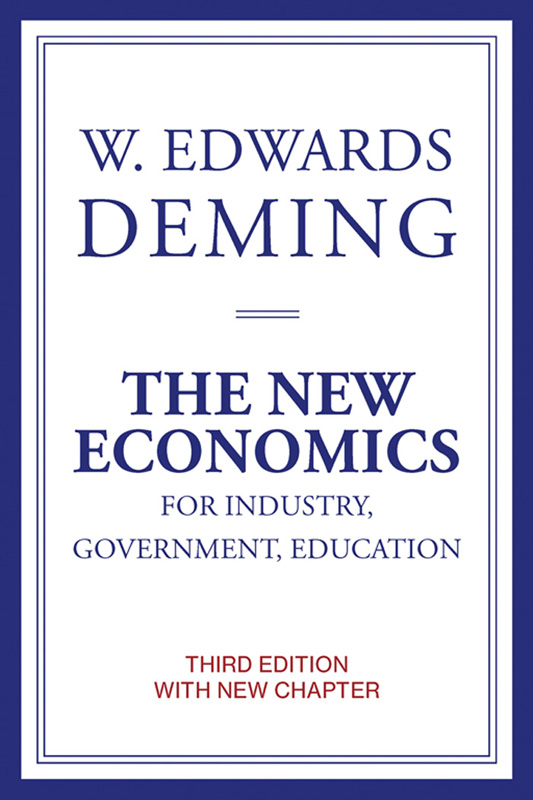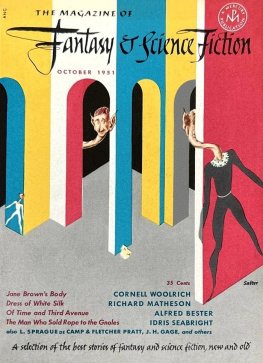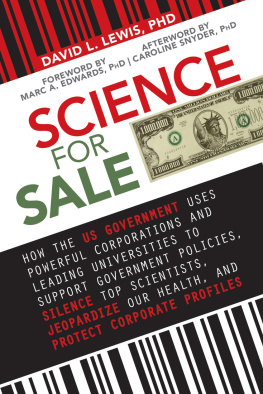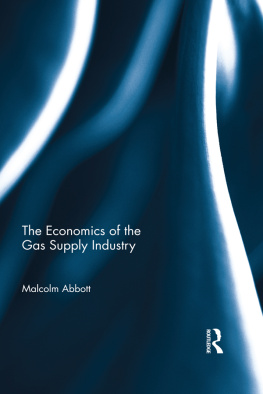W. Edwards Deming - The New Economics for Industry, Government, Education
Here you can read online W. Edwards Deming - The New Economics for Industry, Government, Education full text of the book (entire story) in english for free. Download pdf and epub, get meaning, cover and reviews about this ebook. year: 2018, publisher: MIT Press, genre: Politics. Description of the work, (preface) as well as reviews are available. Best literature library LitArk.com created for fans of good reading and offers a wide selection of genres:
Romance novel
Science fiction
Adventure
Detective
Science
History
Home and family
Prose
Art
Politics
Computer
Non-fiction
Religion
Business
Children
Humor
Choose a favorite category and find really read worthwhile books. Enjoy immersion in the world of imagination, feel the emotions of the characters or learn something new for yourself, make an fascinating discovery.

- Book:The New Economics for Industry, Government, Education
- Author:
- Publisher:MIT Press
- Genre:
- Year:2018
- Rating:5 / 5
- Favourites:Add to favourites
- Your mark:
- 100
- 1
- 2
- 3
- 4
- 5
The New Economics for Industry, Government, Education: summary, description and annotation
We offer to read an annotation, description, summary or preface (depends on what the author of the book "The New Economics for Industry, Government, Education" wrote himself). If you haven't found the necessary information about the book — write in the comments, we will try to find it.
The New Economics for Industry, Government, Education — read online for free the complete book (whole text) full work
Below is the text of the book, divided by pages. System saving the place of the last page read, allows you to conveniently read the book "The New Economics for Industry, Government, Education" online for free, without having to search again every time where you left off. Put a bookmark, and you can go to the page where you finished reading at any time.
Font size:
Interval:
Bookmark:


2018 Massachusetts Institute of Technology
Originally published in 1994 by Massachusetts Institute of Technology, Center for Advanced Educational Services, Cambridge, Massachusetts.
All rights reserved. No part of this book may be reproduced in any form by any electronic or mechanical means (including photocopying, recording, or information storage and retrieval) without permission in writing from the publisher.
This book was set in Palatino LT Std by Toppan Best-set Premedia Limited. Printed and bound in the United States of America.
Library of Congress Cataloging-in-Publication Data
Names: Deming, W. Edwards (William Edwards), 19001993, author.
Title: The new economics for industry, government, education / W. Edwards Deming.
Description: Third Edition. | Cambridge, MA : MIT Press, [2018] | Revised edition of the authors The new economics, 2000. | Includes bibliographical references and index.
Identifiers: LCCN 2018010192| ISBN 9780262039000 (hardcover : alk. paper) | ISBN 9780262535939 (pbk. : alk. paper)
eISBN 9780262350006
Subjects: LCSH: Industrial management--United States. | Industrial productivity--United States. | Quality of products--United States.
Classification: LCC HD70.U5 D45 2018 | DDC 658--dc23 LC record available at https://lccn.loc.gov/2018010192
ePub Version 1.0
d_r1
Description of Figures
- Figure
- Elimination of defects does not guarantee jobs in the future. Something other than zero defects is required.
- Management improves style and performance. The product enjoys a better market; the number of jobs increases.
- Flow diagram of the steps taken at the Sacred Heart League to solicit donations.
- redrawn as a deployment flow chart.
- A numerical goal that lies beyond the upper control limit will not be achieved by the present process.
- Production viewed as a system.
- broken into competitive segments. The system is destroyed.
- Some possible distributions of time of delivery.
- Interdependence, from low to high.
- The forces of destruction that come from the present style of reward, and their effects.
- The decline that we attribute to the present style of management, and the improvement once transformation is accomplished.
- A system of people, before and after improvement.
- The Plan-Do-Study-Act Cycle (Shewhart Cycle): A flow diagram for learning and for improvement of a product or process.
- Stages proposed in the development of a new engine.
- Recommended concentration of cost and effort, in the early stages, in the development of a process or product.
- Payroll time card. Too many signatures, and too much arithmetic required of the employee.
- Beads and paddle.
- Posters to help the Willing Workers.
- The experiment with the Red Beads: Data, calculation of control limits, display and interpretation of the control chart.
- Distribution of Red Beads in 53 experiments.
- Flow diagram for use of a control chart.
- Plot of the number of fires per month in a business establishment.
- Record of drops of the marble through the funnel under Rule 1.
- Record of drops of the marble through the funnel under Rule 2.
- Record of drops of the marble through the funnel under Rule 3.
- Record of drops of the marble through the funnel under Rule 4.
- Four charts of the rules of the funnel by use of data from the experiment with the Red Beads.
- Chart to show, day by day, the time of arrival of a school bus (by Patrick Nolan, age 11).
- Control chart for actual costs on 20 projects shows natural deviation of 21 percent above and below estimated costs.
- Control charts for accuracy of inventory, before and after improvement of accuracy.
- Sales in percentage achieved by eight salesmen from two product lines.
- Chart for the U.S. trade deficit over a 27-month period shows a stable system of ups and downs.
- Example of a simple loss function; a parabola with minimum loss at the bottom of the curve.
- Example of use of a loss function generated by a gadget on and off that holds parts within specifications.
- Example of a discontinuous loss function.
- Example of a loss function for failure to meet a deadline, such as to catch a train.
- Example of use of a loss function to show the importance of shrinkage at the nominal value.
- Deming Chain Reaction
Foreword to the Third Edition
A few minutes before 8:00 pm EDT on June 24th, 1980, I walked down the rickety wooden stairs to my grandfathers small office in the basement of his modest longtime home in Washington, D.C. That night, my grandfather, Dr. W. Edwards Deming, was a few months shy of his 80th birthday. I said to him, It is time to watch the documentary. I remember he slowly rose, and we walked up the narrow wood staircase.
Then, along with my grandmother and great aunt, the four of us gathered around the small television. As it flickered on, the title of Clare-Crawford Masons NBC White Paper, If Japan Can Why Cant We? appeared on the screen, followed by a black and white film clip of 1945 Tokyo in ruins. I could not have imagined what followed in the next 90 minutes would change all of our lives, and offer all of us a world of possibilities.
In the weeks leading up to that night I remember the excitement when my mother called from California to let me know my grandfather was going to be mentioned in a prime time NBC-TV program about Japan. She asked that, as I was staying with him, I make sure he watched the program. My family had moved away from the District of Columbia area the year before and my grandparents had graciously allowed me to live with them while I worked in the area that summer.
Their modest lifestyle was punctuated by business travel to faraway places like Japan and Europe. My grandfather still did all his own lawn care and gardening. He often walked to the store for groceries and even used public transportation as much as possible. And, it was clear he was still very driven by his work. When not traveling on business, he worked constantly in his small, cramped, home basement office. Although I was only 20 years old, I realized he was very much in demand as a consultant. While successful, he had grown up poor and didnt seem to care about material possessions, or ostentatious living.
I thought I knew him well, and so I was curious to learn why he was appearing in a nationally televised documentary. Why would millions of people be interested in my quiet, gentle, hardworking grandfather? When I asked him, he politely deflected the question and changed the subject.
About a minute into the program, there was a short clip of my grandfather as he uttered these nine words, What can we do to work smarter, not harder? My grandmother, aunt and I were so proud and excited we could barely contain ourselves. My grandfather, on the other hand, seemed embarrassed and was ready to head back downstairs to continue working. We persuaded him to watch the rest of the program with us. After an uncomfortable 30 minutes of watching and seeing nothing more about my grandfather, the program turned to Joji Arai, the manager of the Japan Productivity Center, who said that Japanese productivity gains were taught to them by Americans. At that point I turned to my grandfather and asked him if he knew any of those Americans.
Font size:
Interval:
Bookmark:
Similar books «The New Economics for Industry, Government, Education»
Look at similar books to The New Economics for Industry, Government, Education. We have selected literature similar in name and meaning in the hope of providing readers with more options to find new, interesting, not yet read works.
Discussion, reviews of the book The New Economics for Industry, Government, Education and just readers' own opinions. Leave your comments, write what you think about the work, its meaning or the main characters. Specify what exactly you liked and what you didn't like, and why you think so.











